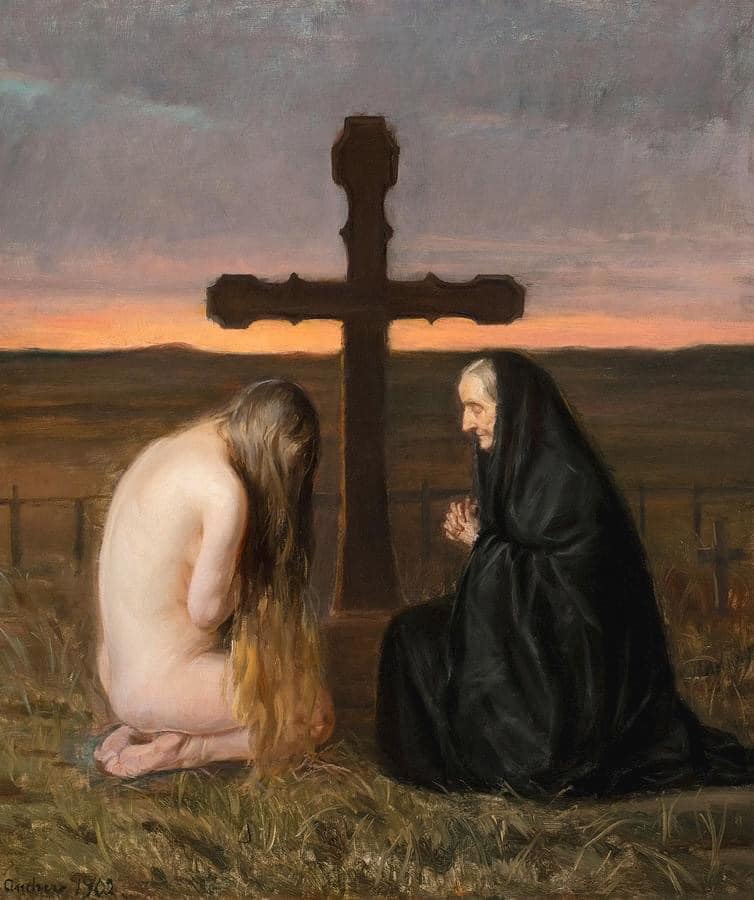Named after Rear Admiral John A. Dahlgren, an influential figure in the development of naval ordnance. Its large, open space was ideal for indoor drills and military exercises. The hall was constructed between 1899 and 1903. Its design was overseen by Ernest Flagg, a prominent architect who designed several buildings at the Naval Academy. Today it houses the Drydock Restaurant, a gathering place for midshipmen, faculty, and visitors.
.@NavyFB wins the 126th Army-Navy Game presented by @USAA and is singing second! 👏#ArmyNavy pic.twitter.com/R0zDl6XNpf
— Army-Navy Game (@ArmyNavyGame) December 13, 2025
🚨 WOW! The National Athem before the Army-Navy game, with President Trump on the field, might just be the BEST rendition I’ve ever heard
How can anyone listen to this and NOT feel patriotic?! 🇺🇸🦅 pic.twitter.com/OrehpqI6RI
— Nick Sortor (@nicksortor) December 13, 2025
Named after Rear Admiral John A. Dahlgren (1809-1870) an influential figure in the development of naval ordnance during the United States Civil War. It served as an armory and drill hall for midshipmen. Its open space was ideal for indoor drills and military exercises.
The hall was constructed between 1899 and 1903. Its design was overseen by Ernest Flagg, a prominent architect who designed several buildings at the Naval Academy. Today it houses the Drydock Restaurant, a gathering place for midshipmen, faculty, and visitors.



























